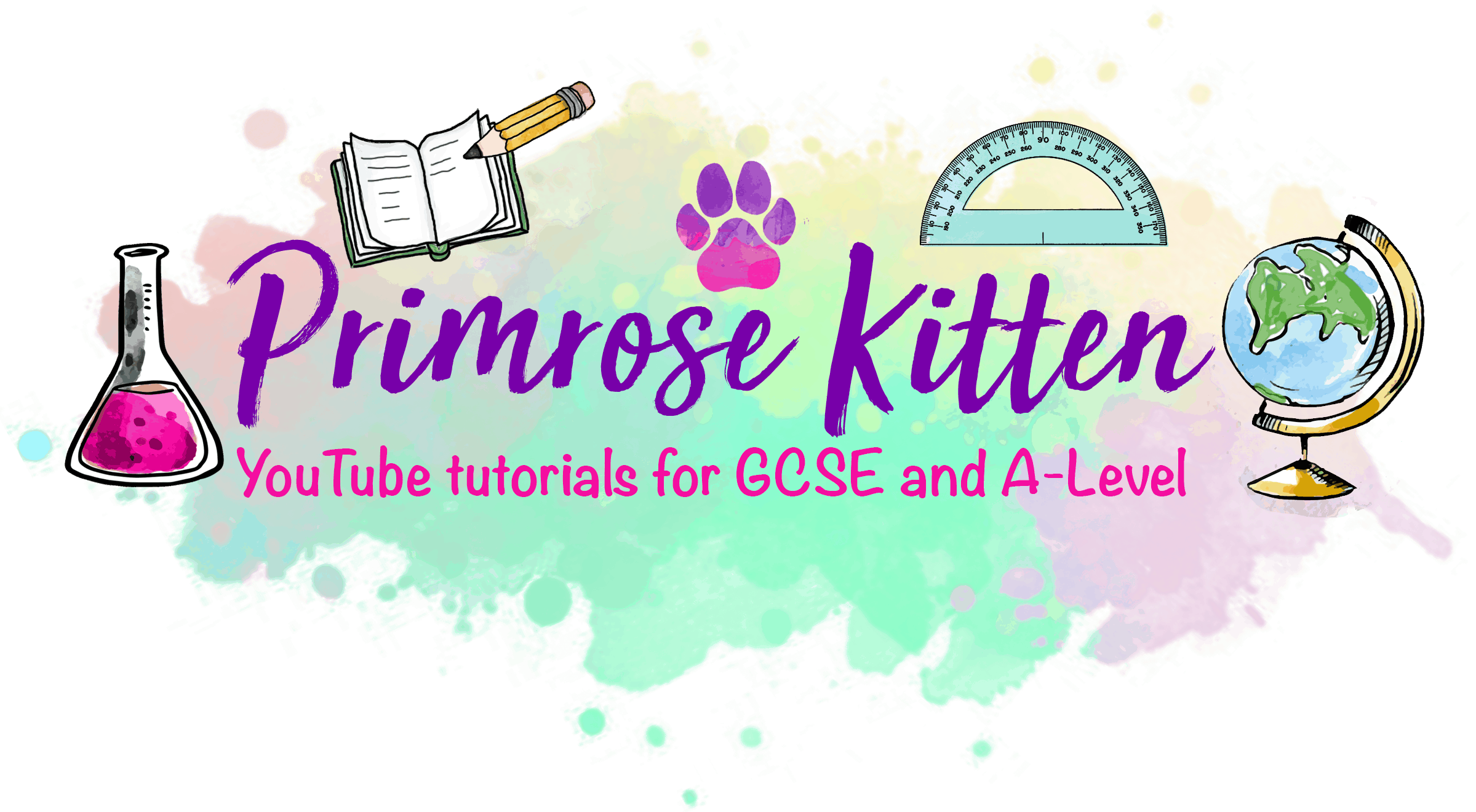GCSE Physics – Newton’s Third Law
Learning Objectives
-I can describe what happens when two objects interact
Quiz Summary
0 of 25 Questions completed
Questions:
Information
You have already completed the quiz before. Hence you can not start it again.
Quiz is loading…
You must sign in or sign up to start the quiz.
You must first complete the following:
Results
Results
0 of 25 Questions answered correctly
Your time:
Time has elapsed
You have reached 0 of 0 point(s), (0)
Earned Point(s): 0 of 0, (0)
0 Essay(s) Pending (Possible Point(s): 0)
| Average score |
|
| Your score |
|
Categories
- Not categorized 0%
- 1
- 2
- 3
- 4
- 5
- 6
- 7
- 8
- 9
- 10
- 11
- 12
- 13
- 14
- 15
- 16
- 17
- 18
- 19
- 20
- 21
- 22
- 23
- 24
- 25
- Current
- Review
- Answered
- Correct
- Incorrect
-
Question 1 of 25
1. Question
What type of force is gravity?
CorrectIncorrect -
Question 2 of 25
2. Question
What type of force is the normal force?
CorrectIncorrect -
Question 3 of 25
3. Question
When a person stands on Earth which forces are in balance?
CorrectIncorrect -
Question 4 of 25
4. Question
What is contact force of a person on the floor?
CorrectIncorrect -
Question 5 of 25
5. Question
When a bus stops suddenly what happens?
CorrectIncorrect -
Question 6 of 25
6. Question
When a bird pushes down air with its wings what happens?
CorrectIncorrect -
Question 7 of 25
7. Question
When you dive forward off a raft what happens?
CorrectIncorrect -
Question 8 of 25
8. Question
When you push downward on a trampoline what happens?
CorrectIncorrect -
Question 9 of 25
9. Question
If a boy falls backwards off a skateboard, what happens?
CorrectIncorrect -
Question 10 of 25
10. Question
When you push water backwards when swimming what happens?
CorrectIncorrect -
Question 11 of 25
11. Question
What is the name of a force that makes a car fall more quickly than a leaf?
CorrectIncorrect -
Question 12 of 25
12. Question
Who created the laws of motion?
CorrectIncorrect -
Question 13 of 25
13. Question
A bird uses its wings to push down on air and flies upward as a result. What law is this?
CorrectIncorrect -
Question 14 of 25
14. Question
When an object has no resultant force, it moves at a constant speed. What law is this?
CorrectIncorrect -
Question 15 of 25
15. Question
An object is stationary. What law is this?
CorrectIncorrect -
Question 16 of 25
16. Question
When you push a car, it doesn’t accelerate much. Which of Newton’s laws is this?
CorrectIncorrect -
Question 17 of 25
17. Question
What does Newton’s Third Law involve?
CorrectIncorrect -
Question 18 of 25
18. Question
What does Newton’s Third Law state?
CorrectIncorrect -
Question 19 of 25
19. Question
What does Newton’s Third Law apply to?
CorrectIncorrect -
Question 20 of 25
20. Question
According to Newton’s Second Law, what equals mass times acceleration?
CorrectIncorrect -
Question 21 of 25
21. Question
Which of Newton’s Laws relates acceleration, mass and force?
CorrectIncorrect -
Question 22 of 25
22. Question
What is the unit for force?
CorrectIncorrect -
Question 23 of 25
23. Question
What is the unit for mass?
CorrectIncorrect -
Question 24 of 25
24. Question
What is the unit for acceleration?
CorrectIncorrect -
Question 25 of 25
25. Question
What force is required to accelerate 2 kg at a rate of 30 m/s^2?
CorrectIncorrect

